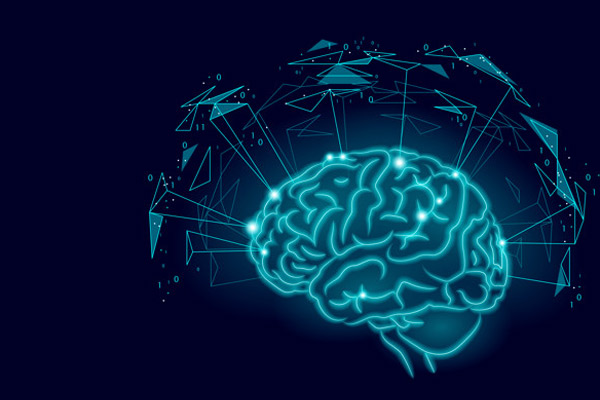If you’re looking for an effective and efficient form of therapy, look no further than brainspotting. This relatively new therapeutic approach has been shown to be helpful for a variety of issues. Such as trauma, anxiety, depression, and more. In this article, we’ll discuss what brainspotting is, how it works, and some of the benefits associated with it. Furthermore, we’ll provide tips on how to find a qualified brainspotting therapist and resources for further information.
Contents
Understanding Brainspotting Therapy
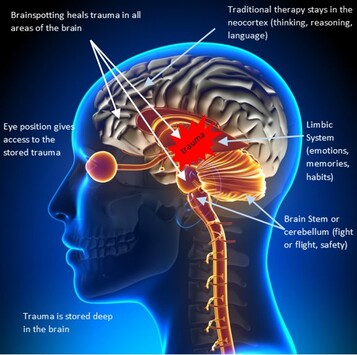
Brainspotting therapy is a type of trauma-focused therapy that was developed in the early 2000s by Dr. David Grand. Thus, it is a relatively new approach that is based on the theory that our brains have “spots” that are associated with particular memories and emotions. When we experience a traumatic event, these spots can become activated and can cause us to relive the trauma.
Theory Behind Brainspotting Therapy
It is a type of somatic (body-based) therapy that uses focused eye position to access and release stored trauma and negative emotions from the body. The theory behind brainspotting is that our eyes are connected to our body’s natural healing mechanisms. And that by targeting specific points in the eyes, we can access and release trapped emotions.
Furthermore, our brains have “spots” that are associated with particular memories and emotions. Thus, by identifying and targeting these spots, brain spotting therapy can help us release the trapped emotions and memories, and heal the wounds of our past.
History, And Development
Brainspotting therapy has its roots in EMDR (eye movement desensitization and reprocessing), a well-established trauma-focused therapy. EMDR has its basis on the theory that our brains are able to process information more effectively when we are in a state of emotional arousal. This is why EMDR therapists often use eye movements or other forms of bilateral stimulation during sessions.
Grand, who was trained in EMDR, found that for some of his clients, the eye movements were not enough to help them process their trauma. He noticed that certain points on the client’s face would often twitch or move when they were recalling a traumatic memory. He began to experiment with using a finger to target these points, and found that it was often more effective than EMDR in helping his clients heal their trauma.
Unfolding Brainspotting Therapy
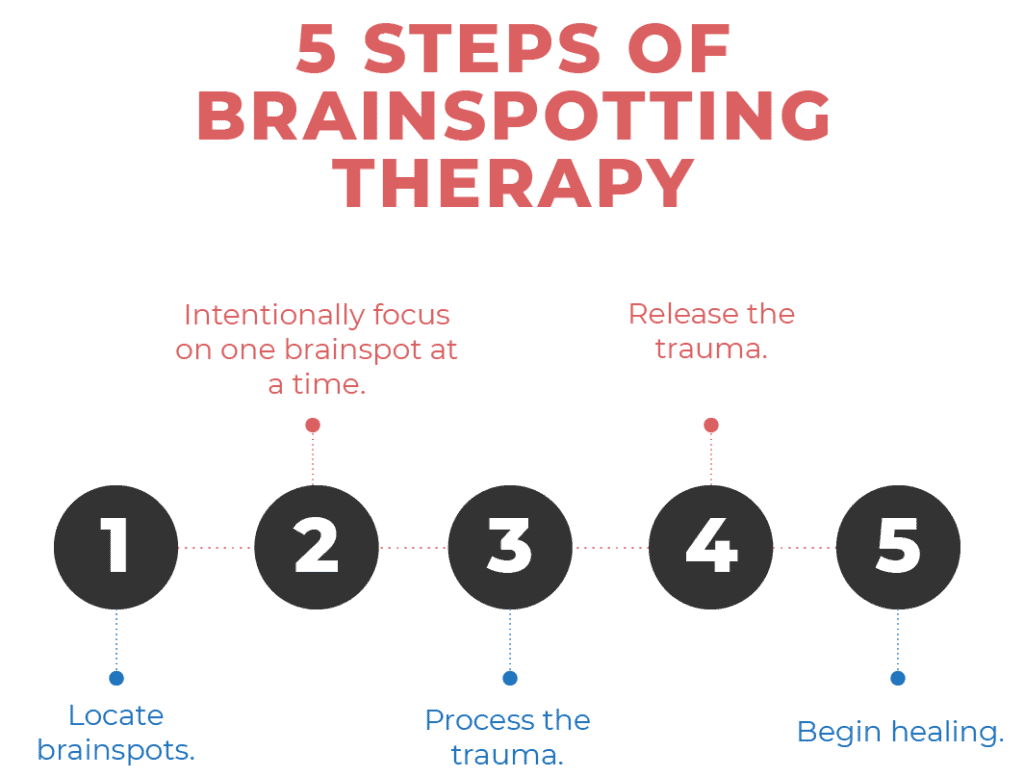
Who Can It Help
Brainspotting therapy can be helpful for anyone who has experienced a traumatic event. This includes people who have been in car accidents, soldiers who have experienced combat, victims of abuse or violence, and survivors of natural disasters. Brainspotting has also been shown to be effective in treating other mental health conditions such as anxiety, depression, PTSD, and addiction.
What To Expect
Brainspotting therapy is typically done in a series of sessions, with each session lasting 60-90 minutes.
During the first session, the therapist will assess the client’s needs and history. The therapist will then explain how brainspotting works and what to expect during the sessions.
The therapist will spend the majority of each session helping the client identify a “brainspot.” This is usually done by having the client focus on a specific memory or emotion while the therapist uses a finger to target a specific point on the client’s face.
Once the brainspot is identified, the therapist will help the client process the emotions and memories associated with it. This is usually done through a combination of talk therapy and bilateral stimulation (eye movements, sounds, or tapping).
Techniques Used In Brainspotting Therapy
There are two main techniques that we use in brainspotting therapy: bilateral stimulation and talk therapy.
- Bilateral stimulation is a process that involves stimulating both sides of the brain simultaneously. This can be done through eye movements, sounds, or tapping.
- Talk therapy is a process of talking with the therapist about the emotions and memories associated with the brainspot. This can help to identify any patterns or triggers that may be causing distress.
Evaluating Brainspotting Therapy
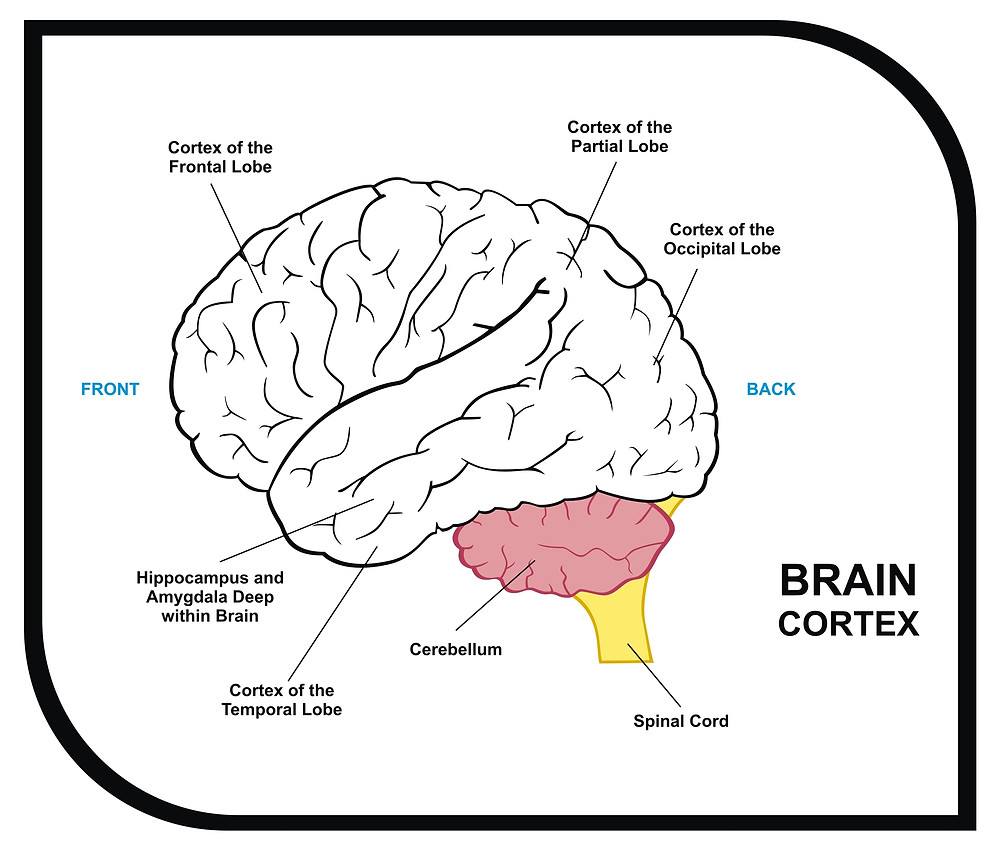
Studies and research show that brainspotting therapy as an effective treatment for trauma and other mental health conditions.
- A study published in the journal Frontiers in Psychology found that brainspotting was more effective than EMDR in treating PTSD (post-traumatic stress disorder).
- Another study published in the journal Psychotherapy found that brainspotting was more effective than talk therapy in treating anxiety.
Benefits of Brainspotting Therapy
Some of the other benefits of brainspotting therapy include, i.e. it is/you can:
- Non-invasive and does not require the use of drugs
- Do it in a single session or in a series of sessions
- A relatively short treatment (usually no more than two hours per session)
- Do it in a variety of settings, including in-person, over the phone, or online
Common Concerns And Limitations
As with any therapy, there are some risks and limitations associated with brainspotting therapy. These include:
- The risk of re-traumatization: As with any trauma-focused therapy, there is a risk that the memories and emotions that are accessed during brainspotting may be too overwhelming. This can lead to further distress and even re-traumatization.
- It may not be suitable for everyone: Brainspotting therapy may not be suitable for people who are not ready to face their trauma. It is important to talk to a therapist about whether brainspotting is right for you.
- There is a lack of research: There is still much research that needs to be done on brainspotting therapy.
Why Consider It
If you are struggling with the symptoms of trauma or another mental health condition, brainspotting therapy may be a good option for you.
Since researchers back brainspotting therapy as an effective treatment for many mental health conditions, and it can provide relief from the symptoms of trauma.
Finding a Brainspotting Therapist
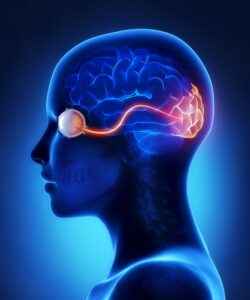
If you have an interest in pursuing brainspotting therapy, it is important to find a qualified therapist.
How To Find One
There are a few ways to find a qualified brainspotting therapist:
- Ask a friend or family member for a referral
- Search the internet for “brainspotting therapists”
- Ask your doctor or mental health provider for a referral
What To Look Out For
There are a few things to look for when finding a brainspotting therapist. For instance, a therapist who has:
- license and certification
- experience treating trauma
- training in brainspotting therapy
Red Flags To Avoid
When searching for a brainspotting therapist, there are a few red flags not to avoid. For instance, therapists who:
- Guarantee results
- Claim to be able to “cure” trauma
- Use unproven or experimental techniques
Pursuing Training In Brainspotting Therapy
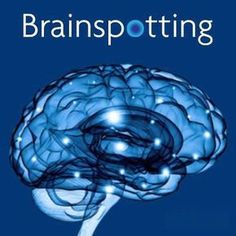
If you have an interest in pursuing training in brainspotting therapy, there are a few things to keep in mind.
- First, it is important to find a training program that is approved by the International Society for Brainspotting. There are a number of programs out there, but not all of them are created equal.
- Second, it is important to find a training program that will give you the opportunity to hear from experts in the field and to learn from case studies.
- Third, it is important to find a training program that offers resources that you can use after you complete the training. These resources can be helpful in finding a brainspotting therapist in your area or in pursuing further training.
NOTE: We invite you to list yourself on Therapy Mantra’s Brainspotting Therapist Directory.
Hearing From Experts
“Brainspotting is a powerful trauma-healing tool that can help people to access and release deep levels of emotional pain and suffering.”
-Dr. David Grand, Founder of Brainspotting Therapy
“Brainspotting is an extremely effective treatment for trauma and other mental health conditions.”
-Dr. Christine Courtois, author of Treating Complex Traumatic Stress Disorders
Case Study
“I was really struggling after my husband passed away. That I was having a lot of nightmares and flashbacks. And I just couldn’t seem to get over it. Then, my therapist recommended brainspotting therapy, and it has been really helpful. It has helped me to process the trauma and to start moving on with my life.”
-Sara, a brainspotting therapy client
Resources
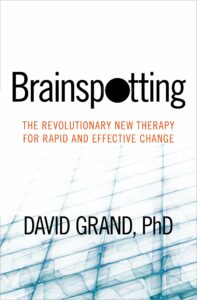
If you have an interest in learning more about brainspotting therapy, there are a few resources available:
- The International Society for Brainspotting: This is the professional organization for brainspotting therapists. They have a directory of certified therapists that you can use to find a therapist in your area.
- The Trauma Resource Institute: This is an organization that offers training in EMDR and other trauma therapies. They also have a directory of certified therapists.
- The Brainspotting Center: This is a training and resource center for brainspotting therapists. They offer a number of resources, including an online directory of certified therapists.
Conclusion
Brainspotting therapy is a promising new treatment for trauma and other mental health conditions. If you are struggling with the symptoms of trauma; brainspotting therapy may be a good option for you. There are many qualified therapists who can provide this type of therapy. And it has been shown to be an effective treatment for many people.
A Word From Therapy Mantra
Your mental health — Your psychological, emotional, and social well-being — has an impact on every aspect of your life. Positive mental health essentially allows you to effectively deal with life’s everyday challenges.
At TherapyMantra, we have a team of therapists who provide affordable online therapy to assist you with issues such as depression, anxiety, stress, workplace Issues, addiction, relationship, OCD, LGBTQ, and PTSD. You can book a free therapy or download our free Android or iOS app.
